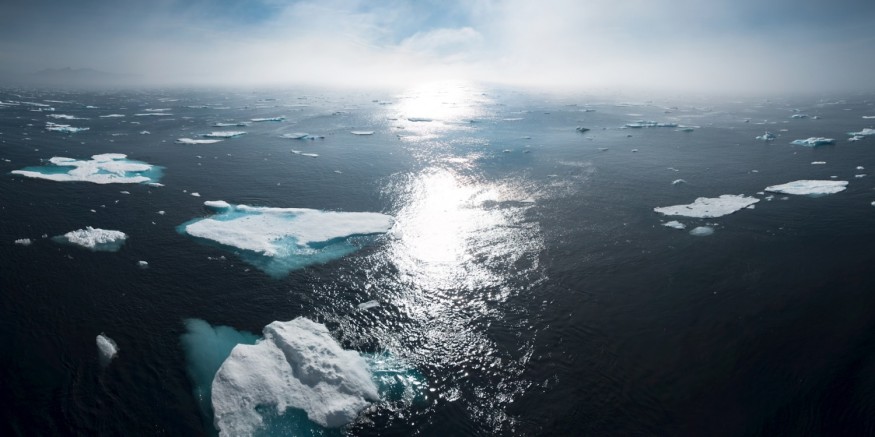The last glacier of Venezuela "La Corona" has stood in the South American nation for several years, since the National Aeronautics and Space Administration (NASA) issued such designation in 2018. However, the icy structure on the country's Humboldt peak is officially gone. This comes after climate scientists re-classified or downgraded the glacier into an ice field due to its shrinking size.
The La Corona glacier became too small to be considered a glacier, according to reports earlier in May 2024. The significant ice melt from the structure has been a result of above-average global temperatures amid climate change and global warming, based on previous evidence. This event makes Venezuela potentially the first nation in modern human history to lose all of its glaciers.
This is not the first time that glaciers have disappeared or shrank outside Antarctica. In China, thousands of glaciers have melted in the past several decades, based on previous estimates, while in Greenland, scientists found that the ice melt rate in the Arctic country has accelerated amid the climate crisis. Meanwhile, in Chile, glaciers in the Patagonia region are also undergoing the same phenomenon.
Last Glacier of Venezuela

Venezuela is now officially glacier-free after its last glacier La Corona on Humboldt peak, which is 4,900 meters above sea level, melted away. The remaining Humboldt glacier was reduced to an area of 2 hectares, making it too small to be identified as a glacier, according to a report by the International Cryosphere Climate Initiative earlier this week.
This shows that Venezuela is not only the first country in the Andes Mountain range to lose all its remaining glaciers but also the first one globally.
The next countries in line to lose their glaciers are Indonesia, Mexico, and Slovenia, based on the report posted on the platform X (previously Twitter). The latest developments add to cases of melting glaciers observed over the past century.
Glacier Melt and Climate Change
Glacier melt is known to have dire environmental repercussions, including its contribution to rising sea levels on Earth. According to the United Nations Framework Convention on Climate Change (UNFCCC), changes in snow cover and permafrost, increased glacier melt, and precipitation extremes have been observed by scientists throughout the years.
In a case study on the Hindu Kush Himalaya (HKH) region, which includes the Asian countries of Bhutan and Nepal, the UNFCCC reported the loss of significant glacier area between 1980 and 2010. Bhutan lost approximately 23% of its glaciers, while Nepal (where Mount Everest is located) lost 25% of its glaciers. The study was presented by the UN agency in April 2023.
The significant glacier melts in non-polar regions or outside the northern and southern poles have been attributed by scientists to anthropogenic climate change, which is exacerbated by greenhouse gas emissions and fossil fuel burning from various industries and sectors of human society.
© 2025 NatureWorldNews.com All rights reserved. Do not reproduce without permission.





